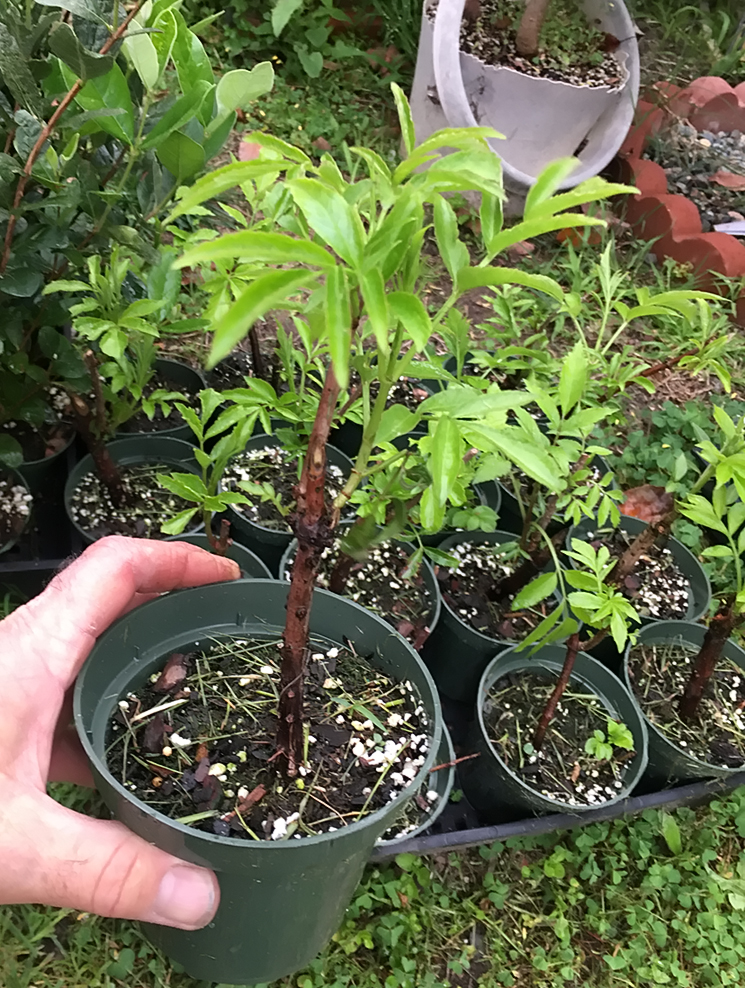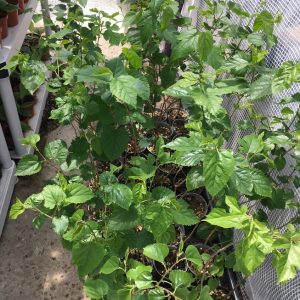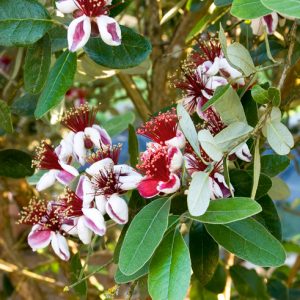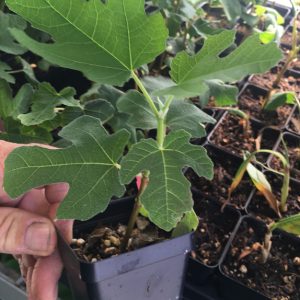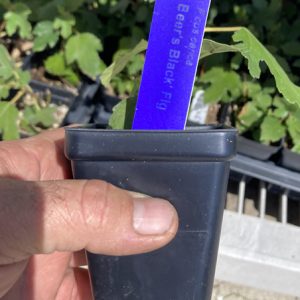Description
American Elderberry Bush – Sambucus canadensis – LIVE PLANT
The American Elderberry Bush is a deciduous suckering shrub that bears large white flowers in the summer and small black berries in drooping clusters in the fall. The Sambucus canadensis (American Elderberry Bush) has historically been classified as a separate species, but it is now considered a subspecies of Sambucus nigra L, the European Elderberry.
Also known as the Common Elder, American Elderberry is native to the central and eastern U.S. and southeastern Canada. All parts of the plant (roots, leaves, stems, flowers and fruit) have been used in a variety of ways. Roots, leaves and stems are poisonous but have historically been used for medicinal purposes. Extracts from leaves have been used as an insect repellent for the skin and an insecticide to treat fungal infections such as leaf spot and powdery mildew.
The fruit is high in ascorbic acid (vitamin C). The raw American Elderberry is not acceptable to many tastes, but when cooked renders syrups, jams, preserves and pies. Elderberry has been and continues to be used for juice, juice blends and winemaking. Elderberry wine products need very ripe fruits.
Exposure – full sun, partial shade
